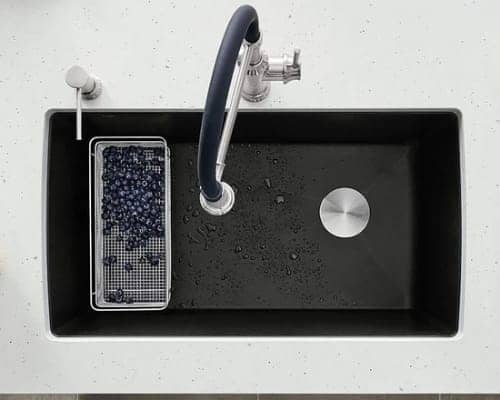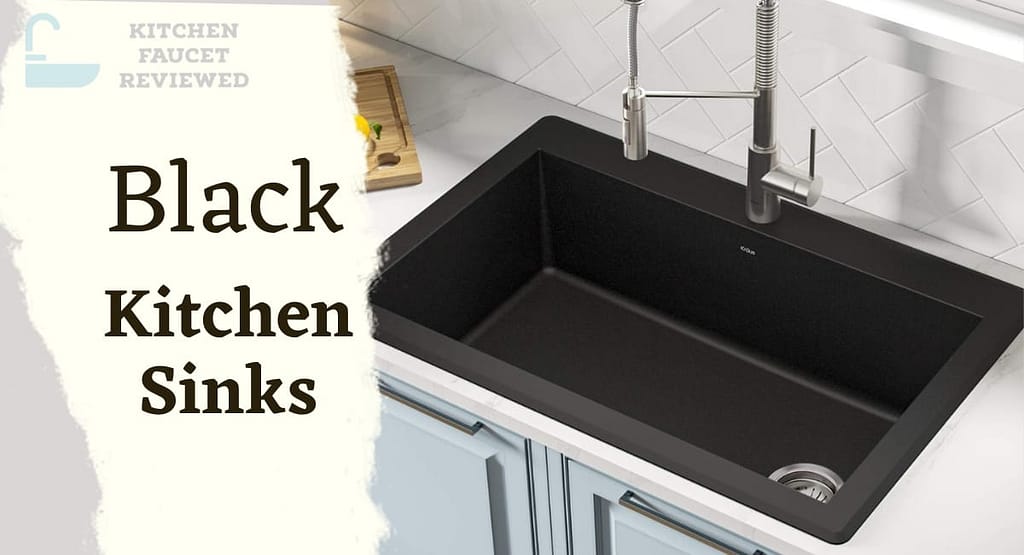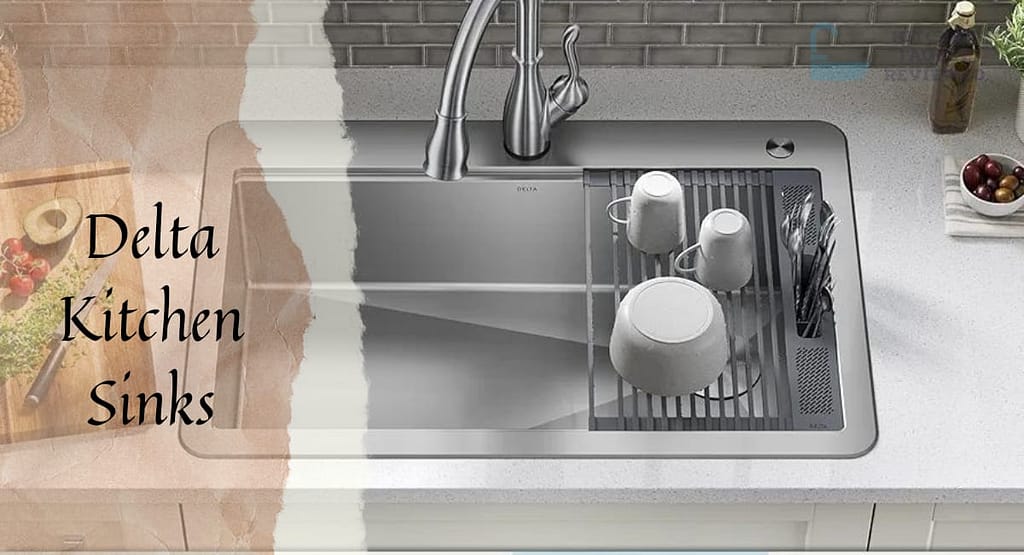Maintaining the sleek elegance of a black composite kitchen sink requires a thoughtful cleaning approach. In this comprehensive guide, we’ll delve into the steps and best practices to keep your sink spotless and pristine. Follow these expert tips to ensure your black composite sink remains a centerpiece of cleanliness in your kitchen.
How to Clean Your Black Composite Kitchen Sink in 2025
Understanding Your Black Composite Sink

Material Composition:
Black composite sinks boast a composition crafted from a meticulous blend of materials, primarily granite or quartz particles entwined with resilient acrylic resins. This fusion not only imparts a sleek aesthetic but also fortifies the sink’s durability. Understanding this intricate composition is pivotal for tailoring an effective cleaning regimen that safeguards both the appearance and structural integrity of the sink.
Step by Step Cleaning Process:
1. Daily Maintenance:
- After each use, delicately rinse the sink to eliminate surface debris.
- Utilize a soft sponge or cloth along with mild dish soap and warm water for a regular wipedown.
2. Deeper Cleaning:
- Formulate a solution with equal parts white vinegar and water.
- Apply the concoction to the sink surface, allowing it to permeate for 1015 minutes to dissolve persistent stains.
3. Stain Removal:
- For obstinate stains, fashion a paste using baking soda and water.
- Employ a softbristle brush or an old toothbrush to gently scrub the affected areas.
4. Avoiding Scratches:
- Mitigate the risk of scratches by using nonabrasive cleaning pads or sponges.
- Steer clear of harsh chemicals, as they can compromise the integrity of the composite material.
5. Minimizing Hard Water Deposits:
- Thoroughly dry the black kitchen sink after each use to thwart the accumulation of mineral deposits.
- Periodically, wipe the sink with a vinegarsoaked cloth to dissolve any residual mineral buildup, ensuring a pristine and wellmaintained surface.
Maintenance Tips
1. Avoiding Heavy Impact:
- Refrain from dropping heavy objects into the sink to prevent chipping.
- Consider using a sink grid or mat to protect the sink’s surface.
2. Regular Polishing:
- Apply a dedicated composite sink polish to maintain a glossy finish.
- Follow the manufacturer’s recommendations for the frequency of polishing.
3. Preventing Discoloration:
- Keep hot pots and pans away from the sink to prevent discoloration.
- Immediately rinse and wipe off any food or liquid that may cause staining.
Conclusion
With the right care and attention, your black composite kitchen sink can remain a stunning focal point in your kitchen. By incorporating these detailed cleaning techniques into your routine, you’ll not only preserve the aesthetic appeal of your sink but also extend its lifespan. Embrace the art of maintaining your black composite sink, and let it shine as a testament to the beauty of a wellcaredfor kitchen essential.
FAQs:
Q1: How often should I clean my black composite kitchen sink?
Answer: For daily maintenance, a quick rinse and wipe with mild dish soap is sufficient. For a deeper clean, aim to clean your sink at least once a week to prevent stains and maintain its pristine appearance.
Q2: Can I use bleach or abrasive cleaners on my black composite sink?
Answer: It’s not recommended. Harsh chemicals like bleach and abrasive cleaners can damage the composite material and cause scratches. Stick to mild dish soap, white vinegar, or specialized composite sink cleaners.
Q3: What should I do if my sink develops stubborn stains?
Answer: When faced with stubborn stains on your sink, an effective remedy involves concocting a paste using the dynamic duo of baking soda and water. The granular texture of baking soda acts as a gentle abrasive, while water facilitates a paste that adheres to stains. Employ a soft-bristle brush or repurpose an old toothbrush to delicately scrub the affected areas, ensuring a thorough yet non-abrasive approach to stain removal.
In instances where tenacious stains prove resilient, elevate your cleaning arsenal by considering a specialized composite sink cleaner. These cleaners are formulated to target persistent stains without compromising the integrity of the sink’s composite material. This strategic approach ensures not only the removal of stains but also the preservation of your sink’s pristine appearance and long-term durability.
Q4: How do I prevent scratches on my black composite sink?
Answer: Use nonabrasive cleaning pads or sponges. Avoid dropping heavy objects into the sink, and consider using a sink grid or mat for additional protection. Regular cleaning and proper maintenance also contribute to scratch prevention.
Q5: Can I put hot pots and pans directly into the sink?
Answer: It’s advisable to avoid placing extremely hot items directly into the sink to prevent discoloration. Use trivets or let hot items cool slightly before placing them in the sink.
Q6: How do I minimize hard water deposits on my sink?
Answer: Dry the sink after each use to prevent mineral deposits. Wipe the sink periodically with a cloth soaked in white vinegar to dissolve any builtup minerals and maintain a sparkling surface.
Q7: Is it necessary to polish my black composite sink, and how often should I do it?
Answer: While not mandatory, using a dedicated composite sink polish can enhance the sink’s glossy finish. Follow the manufacturer’s recommendations for frequency, usually every few weeks or as needed to maintain optimal appearance.
Q8: Can I use my black composite sink for cutting or chopping vegetables?
Answer: It’s not recommended. Using the sink as a cutting surface can lead to scratches and damage. Always use a cutting board to protect both your sink and your knives.
Q9: How do I deal with chipping or damage to my sink?
Answer: Avoid heavy impacts to prevent chipping. If damage occurs, consult the manufacturer’s guidelines for repair or consider seeking professional assistance to address any significant issues.
Q10: Can I install a garbage disposal in my black composite sink?
Answer: Yes, many black composite sinks are compatible with garbage disposals. However, it’s essential to follow the manufacturer’s recommendations and installation guidelines to ensure proper functionality and avoid any potential damage.





